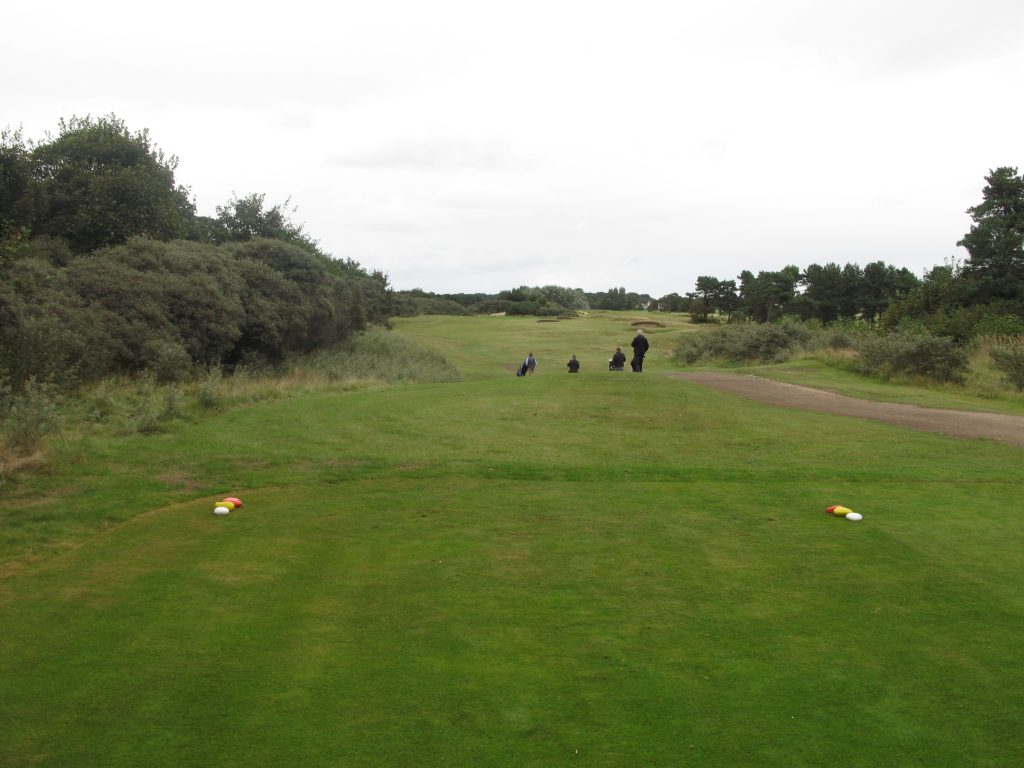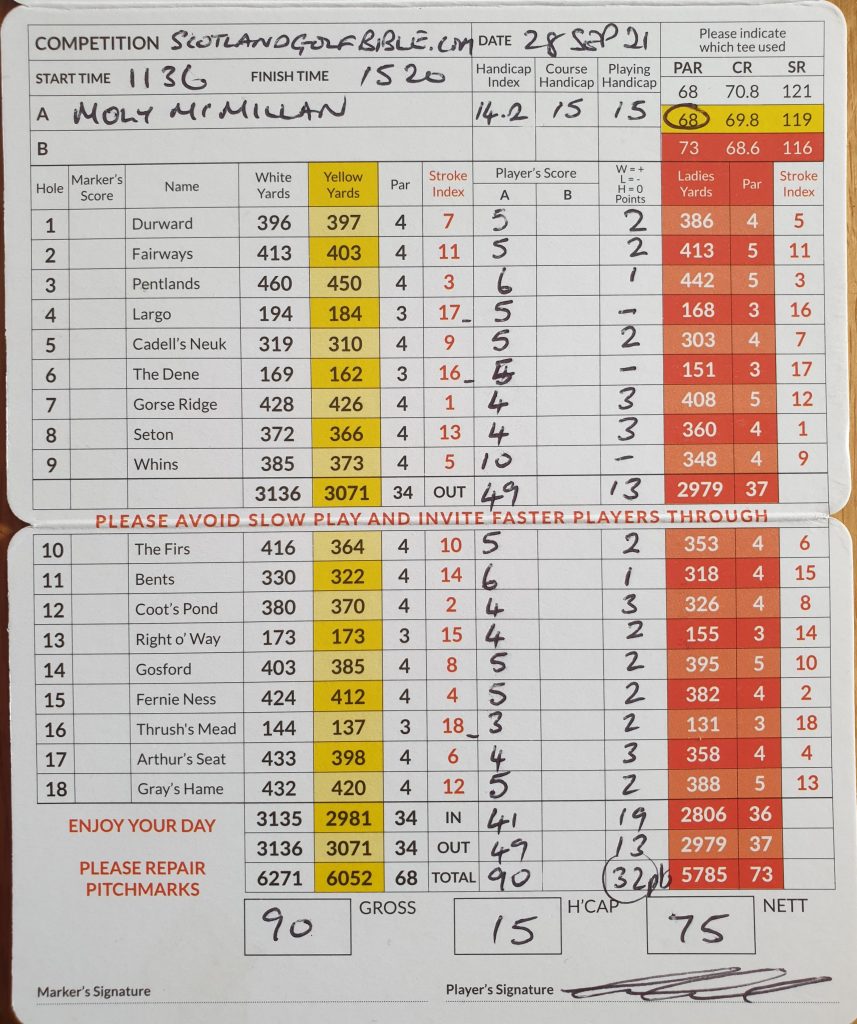High architectural pedigree at this well rated, but over priced, course that is a tale of two very different surrounds. Is this a camel I wonder?
Round £75. Par 68. Course Rating / Slope Rating (yellow) 69.8/119. Value (out of 5) – 3
Sometimes expectation can get the better of you. I’d read that Longniddry, one of the courses along the so called “golf coast” of East Lothian, had been designed through its evolution by no less than four of the worlds best course architects.
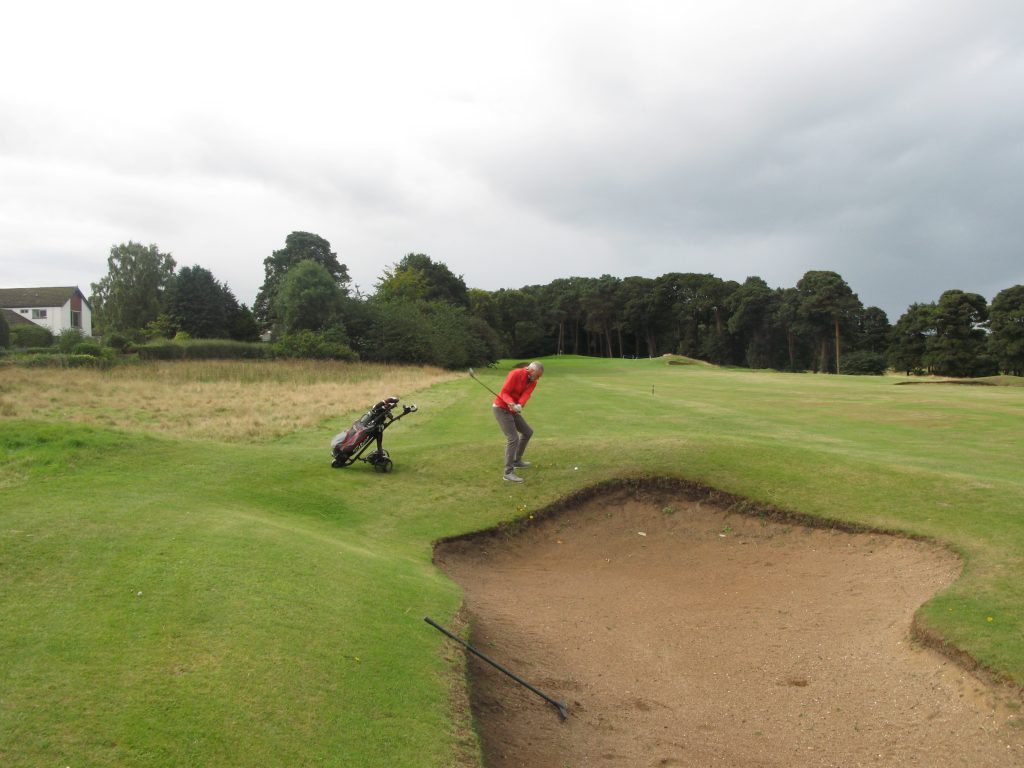
Harry Colt laid out the initial design in 1921, with subsequent adjustments by James Braid, Philip Mackenzie Ross and, finally, Donald Steele. That’s quite a pedigree.
Sir Alec Issigonis, designer of the original Mini motorcar, said, “a camel is a horse designed by committee.” The meaning was intended to convey how groups can be an ineffective method of development. Alternatively, “Too many cooks..” could also be used, in the same context.

These comments came to the fore of my mind when playing Longniddry, along with three good friends with whom I had worked with at Apex Scotland, a not for profit organisation dedicated to supporting people with convictions find work and improve their lives.
Set in the affluent village of Longniddry, only 20 minutes by commuter train to Edinburgh, the course occupies a relatively contained acreage, and has many £1m++ houses adorning several fairways. It is a heavenly place to reside for golfers. But the impression is that Longniddry is not a stuffy place, and one of the few “Golf Coast” upper rated courses that allow booking and discounts through the Golfnow app. That is to be applauded, but it can backfire a little; after booking a round at £75 a head with the clubhouse, I found out about a week before that tee times very close to ours were available at only £50 – on phoning up to challenge our fees, it must be said the club responded well. I do recognise the difficulty for clubs, especially when third party marketing app tee time pricing is sometimes controlled by the club, sometimes by the app marketers direct.
The course is very interesting. It has wide fairways, making for a relatively straight forward game off the tees, especially as the fairway bunkering is not as penal as some of its Lothian neighbours. The green surrounds are at times a real challenge, especially at the four par threes, where I lost count of the number of greenside bunkers. Unfortunately, the bunkers were still suffering (sic) from the Pandemic, like much of the population. If you plan to play Longniddry, spend a bit of time practicing your bunker play.
The fairways were fairly decent when we played on a lovely late September day. But the teeing grounds needed a little more care. The greens were good and clearly well watered.
The layout is a tale of two quite different environs. The course was created largely by carving out an area from the Boghill Wood, and holes 5 through 10, in particular feel like a woodland course. From 11 onwards the course opens out into a much more traditional links land layout with most holes with gorse in play.
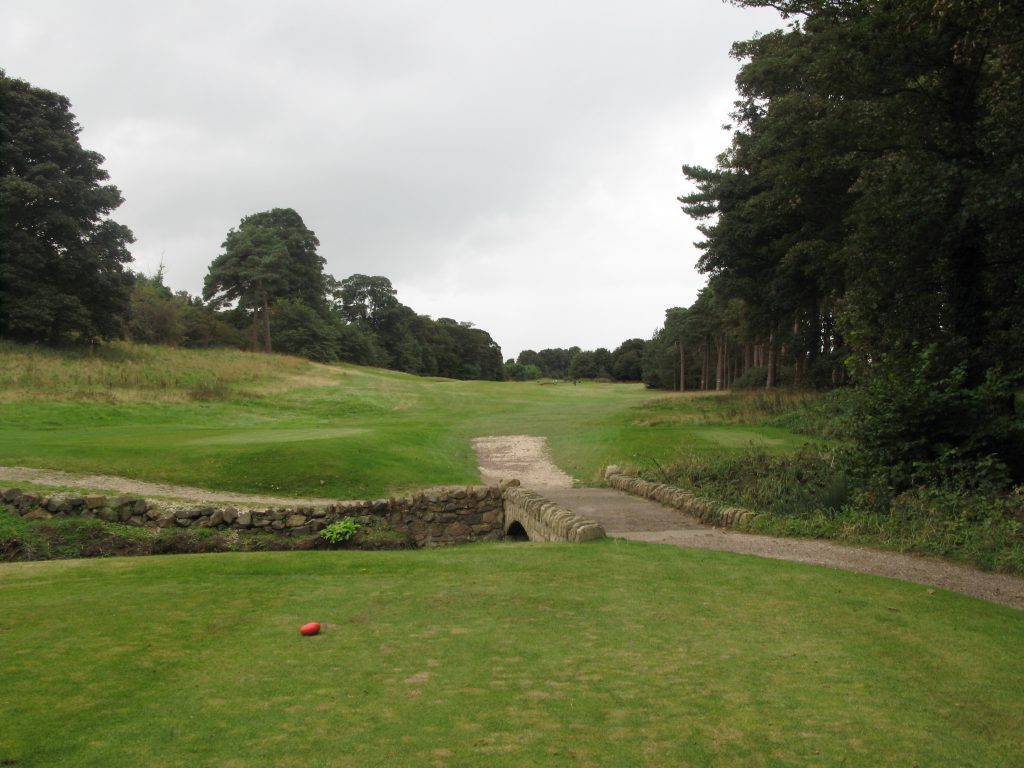
The course is quite long at over 6000 yards from the yellow tees, given that it is a par 68. The real question I have, architecturally, is why none of the renowned architects after Colt said, “what about extending a couple of longer par 4s to make par 5s”, getting the par to (say) 70. Without this, you are left with 14 par 4s, with precious few birdie opportunities for the higher handicappers. The 17th/18th, both challenging par 4s of well over 400 yards, could relatively easily be altered, as could the long par four 3rd at 450 yards. I’m certain it must have been a debate down the years.
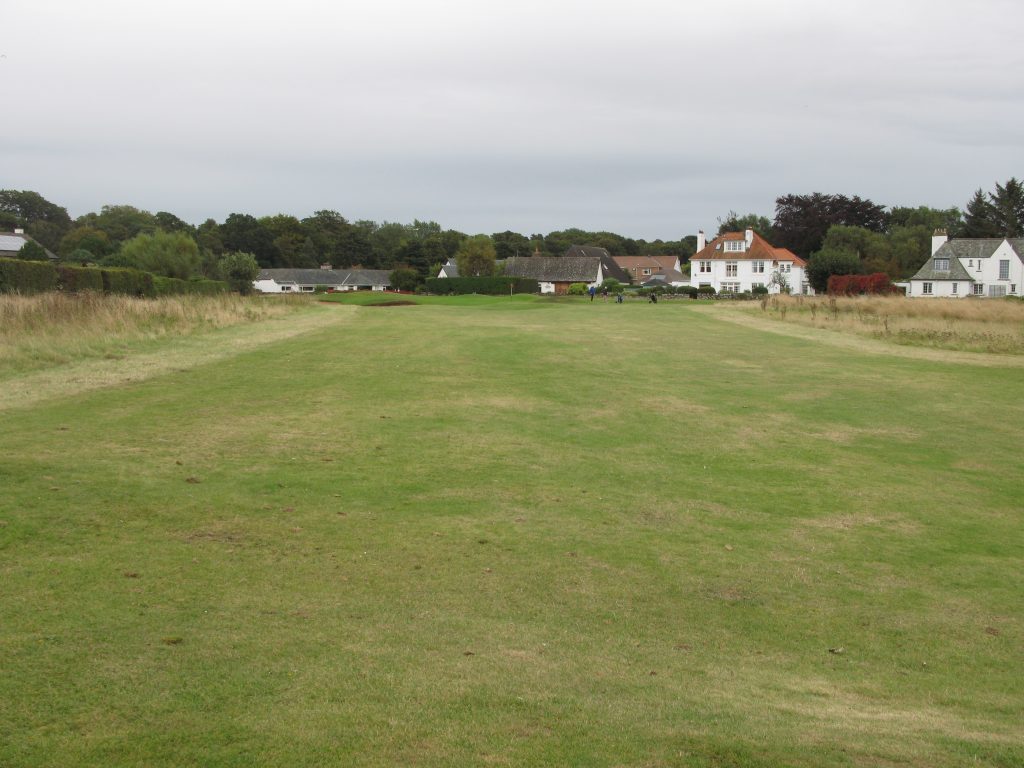
The stoke indices also seemed to not reflect the difficulty. For example, the well bunkered par 3s, being labeled as the 4 easiest holes (not so, surely!), and the last, a long par 4 at 420 yards (yellow) being only stroke index 12? It would be intriguing to get the membership views on this.
There were two stand out holes for me:
> The 5th, a dog leg left par four of only 320 yards, with the approach played to a green on a plateau fronted by two mass grave like bunkers. Stay well right with the drive, and commit to at least one extra club on the approach. Its the most un ‘links’ like hole.
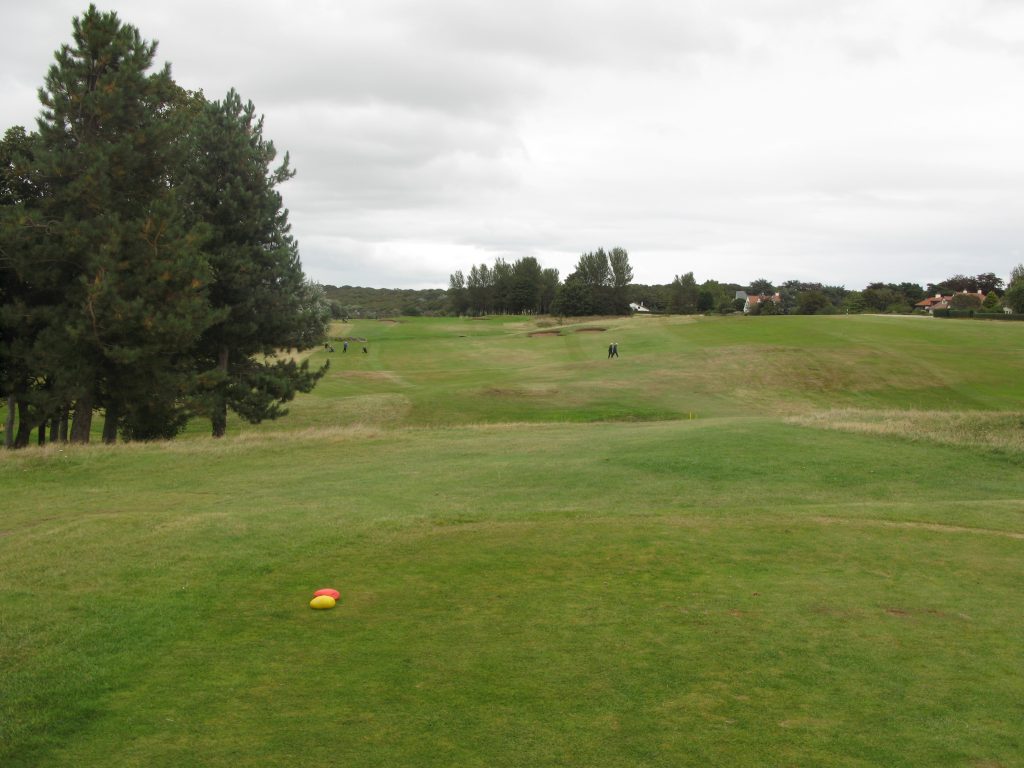
> The 14th, a difficult par four, where only the long hitters can confidently drive over a ditch at around 200 yards, but the downhill fairway means that even a hybrid might run into the ditch. Then the approach is uphill to a carefully set green with difficult slopes.

I played pretty well. After a 10 at the ninth, having been in trouble on both sides of the fairway, I came back in 41 (7 over), to actually win our small stableford competition. The winner was meant to get their meal paid for after by the other 3, but a number of my colleagues had to rush off, quashing my opportunity to milk any praise. But I’ve not forgotten!
Finally, going back to the camel proverb. A camel is actually a highly efficient design for its environment, in which horses would soon die. You can make your own mind up about the course being a camel or not.
Finally, finally. It is reported that Mary Queen of Scots played in the area of Longniddry. But how so, I say, when the location of the course was previously the Boghill Wood?
Course Type: Parkland/Links
Par 68 (0 par 5s, 14 par 4s, 4 par 3s)
Distance: 6052 (yellow)
Moly’s Gross score: 90


